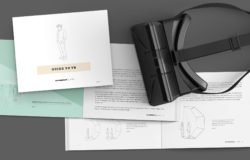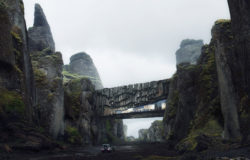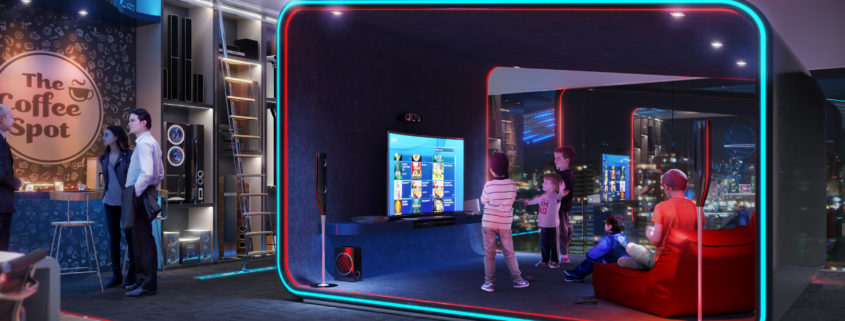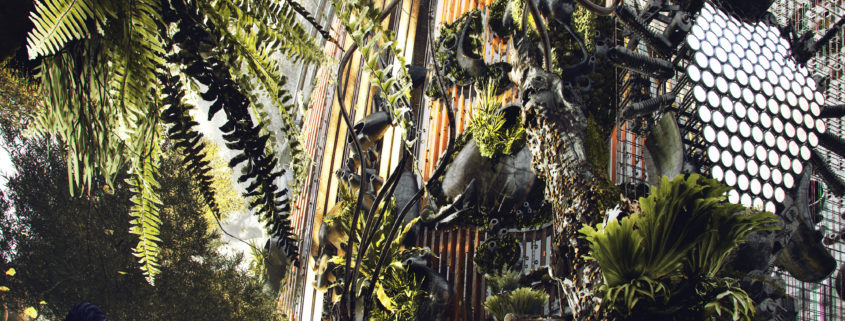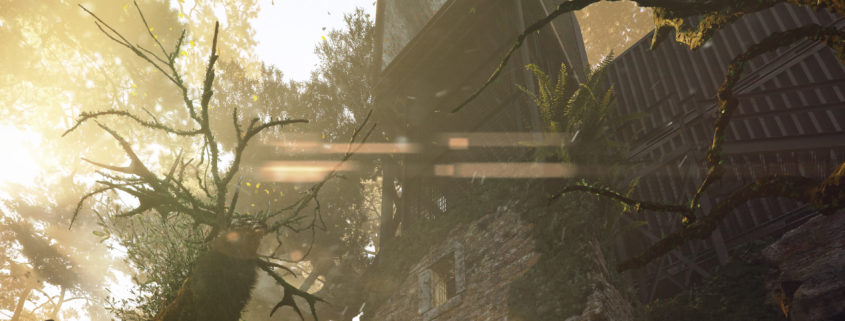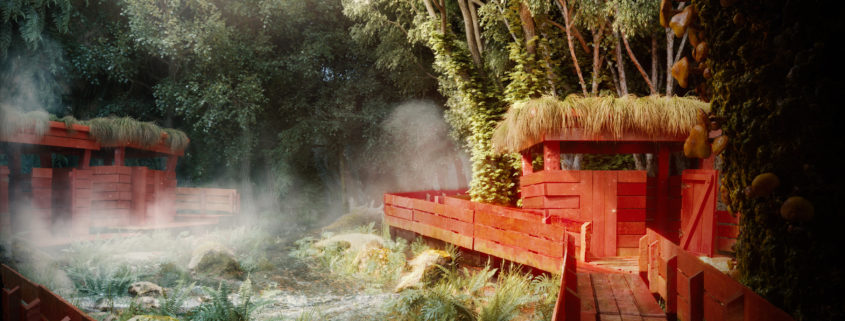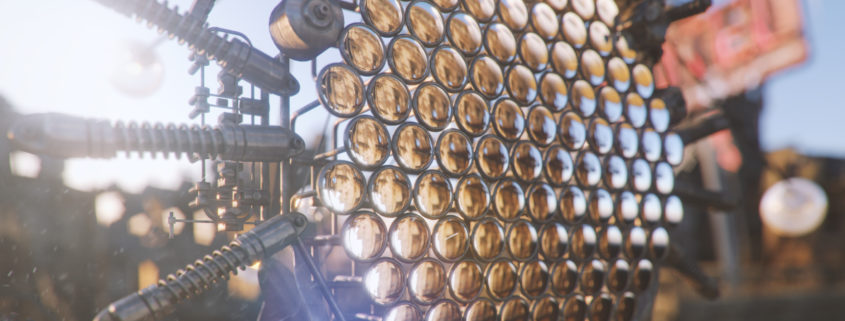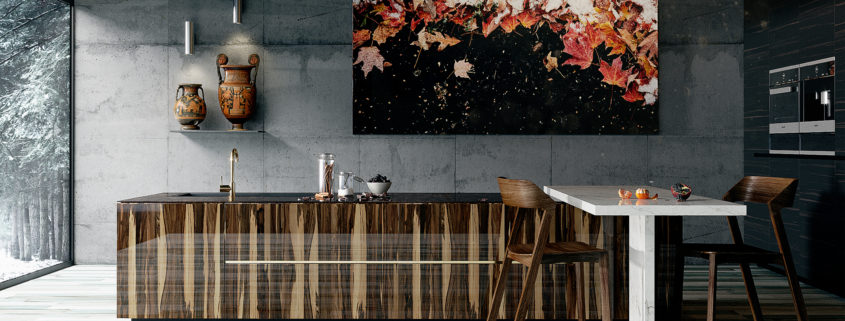Nestled in an almost unbelievably lush forest canyon in Chile, the hot spring spa known as Termas Geometricas is a stunning maze of red planks that wind through the trees like something out of a mythological Japanese wonderland.
Suspended over a flowing stream, the crimson walkways leading to the various pools are made entirely of painted wood that stands out in stark contrast to the surrounding wilderness, while at the same time managing to seem right at home. There are 17 pools in total at the spa, each of them fed directly from a natural hot spring via wooden pipes that run beneath the walkways, making sure that they are largely warm and dry. Next to each pool is a small hut/changing room made of the same redwood as the paths. Each hut has grass planted on the roof, giving the whole facility a timeless feel, almost as if they are some extension of the natural backdrop.
The whole thing rests at the bottom of a canyon, and mists rise from the warm waters in a nearly constant fog. Between the Japanese-styled architecture and the Chilean nature, few places in the world can claim quite such a perfect harmony of nature and design.







